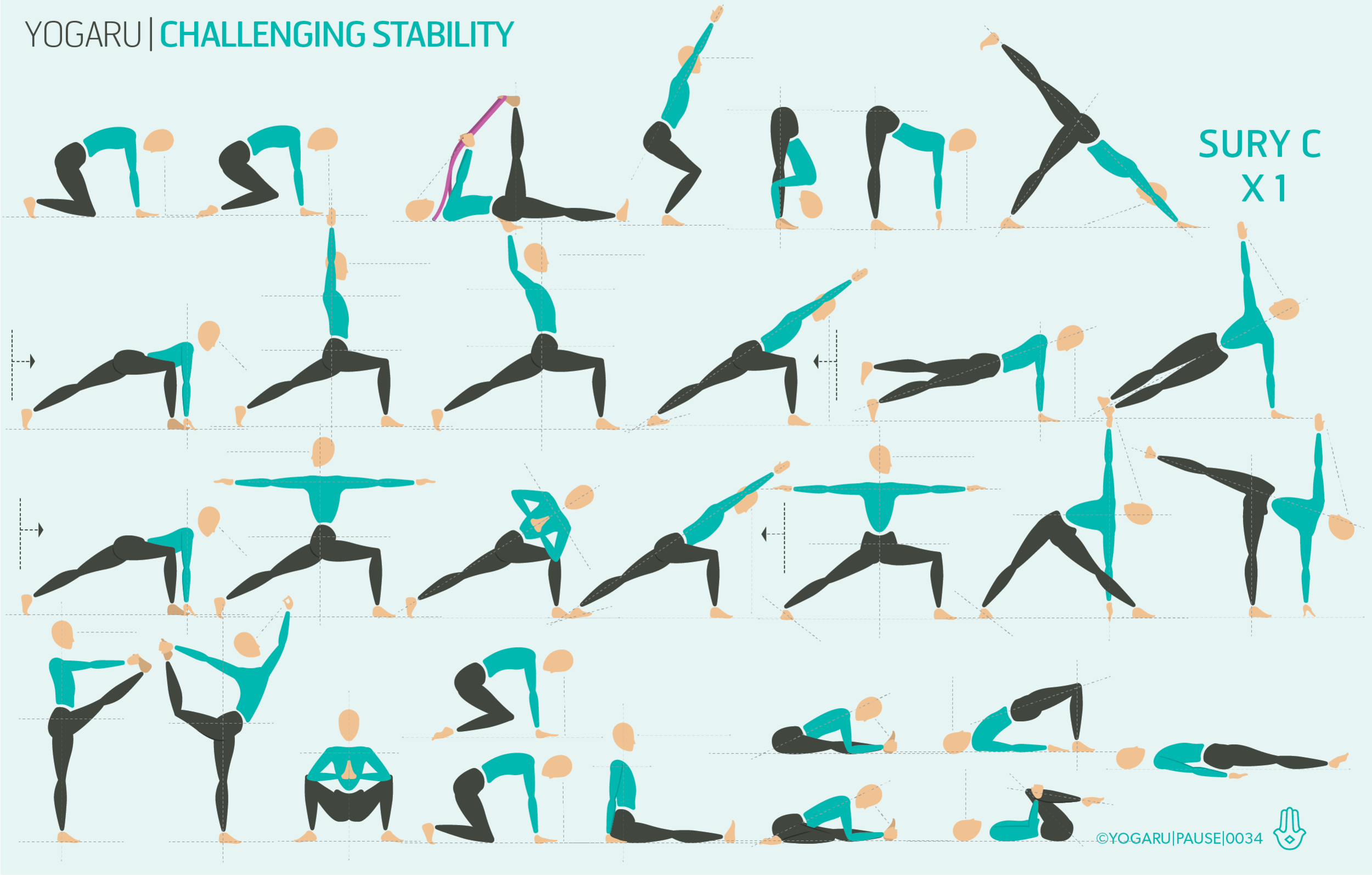BEING PRESENT
The concept of staying committed to your practice doesn’t have to be as daunting as trying to find time everyday to get on your mat. It can be as simple as working towards staying present on your mat, when you do find time to practice. Whether it’s in respect to the fact that you got up that extra bit early to practice at home, or that you’ve managed to put aside some time for yourself to make it to a class. Take a few moments to ask yourself what it is that your practice can give you today, and honour the response that you get from your inner voice. During your practice reconnect with this intention, and be true and honest to yourself, and the journey of your practice.
PRACTICE WITH PATIENCE
The above sequence works strongly into the hamstrings in preparation for Hanumanasana/Monkey pose or Splits. As a runner, hamstring asana do not come easily to me, they teach me patience and commitment to staying present. For most people, Hanumanasana/Monkey pose or Splits is a challenging pose. It doesn’t require strength but it gives you a very clear picture as to the level of stretch in your hamstrings, hip flexors, quads and inner groins. It also stimulates the abdominal organs; teaches you patience; reverses the effect of sitting for long periods of time and develops deep body awareness.
Try the above sequence. Start in Balasana/Childs Pose, with your knees together; hug your outer hips into the midline, using your outer buttocks muscles; strengthen your quads and squeeze the creases at the back of your knees; make your lower body as tight and small as possible. Hold for 5 deep breaths and release, repeat 3 times . Take a few breaths in the asana where you find some resistance in your hamstrings and being very gentle and patient. It takes 30 seconds for a muscle to register that you are asking its permission to open up. Use a bolster to raise your hips up in Hanumanasana/Monkey pose or Splits The higher your hips are from the ground the lower down your leg the support should be. Stay committed to the time on your mat, keep exploring and keep going.
To save the images for personal use click and hold down the image until the ‘save image’ option appears; on Mac hold down ‘control’ and click the image to get the option box; on PC right click on the image to get the option box. Scroll down in the ‘option box’ and click ‘save image’.
Ruth Delahunty Yogaru




